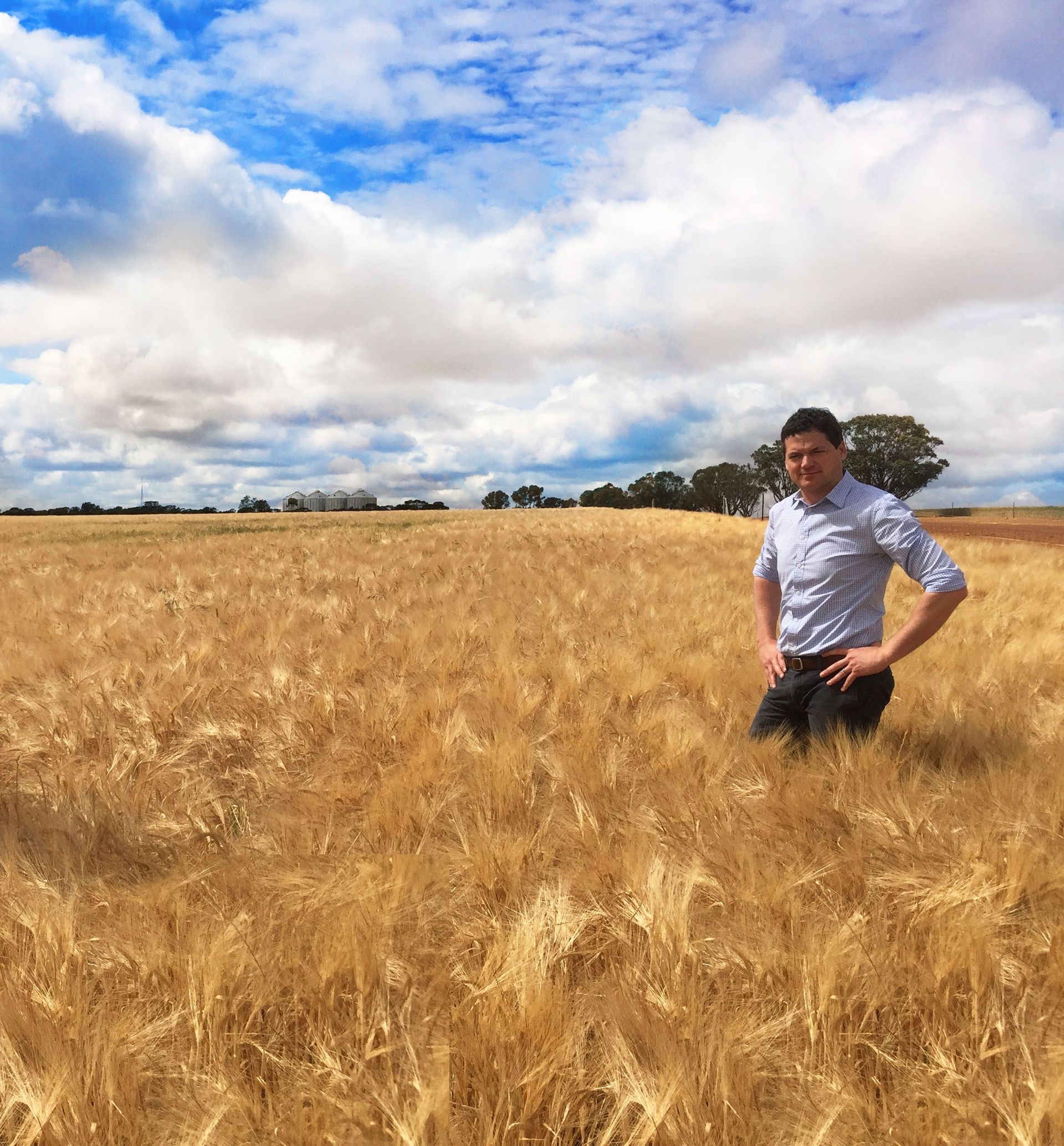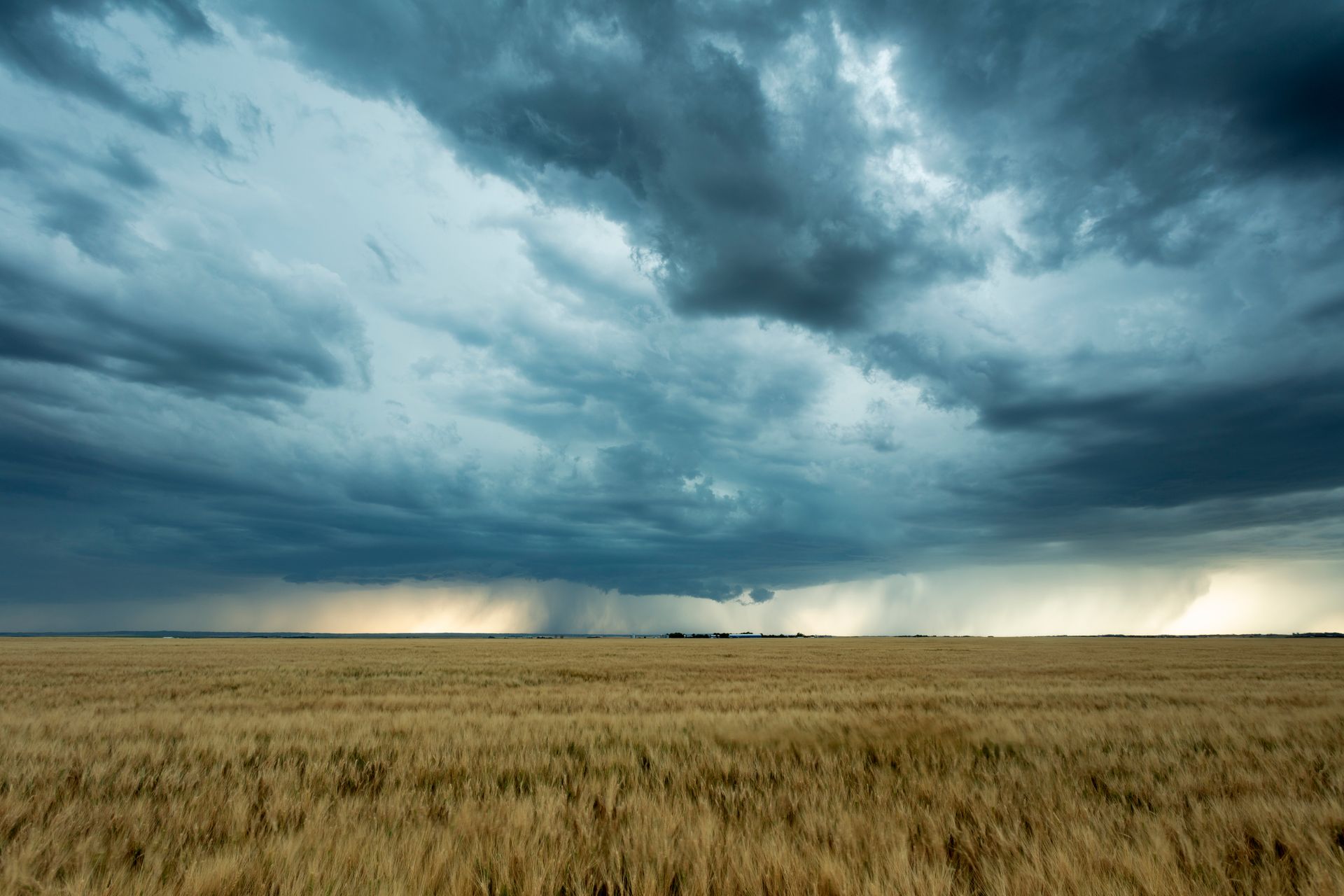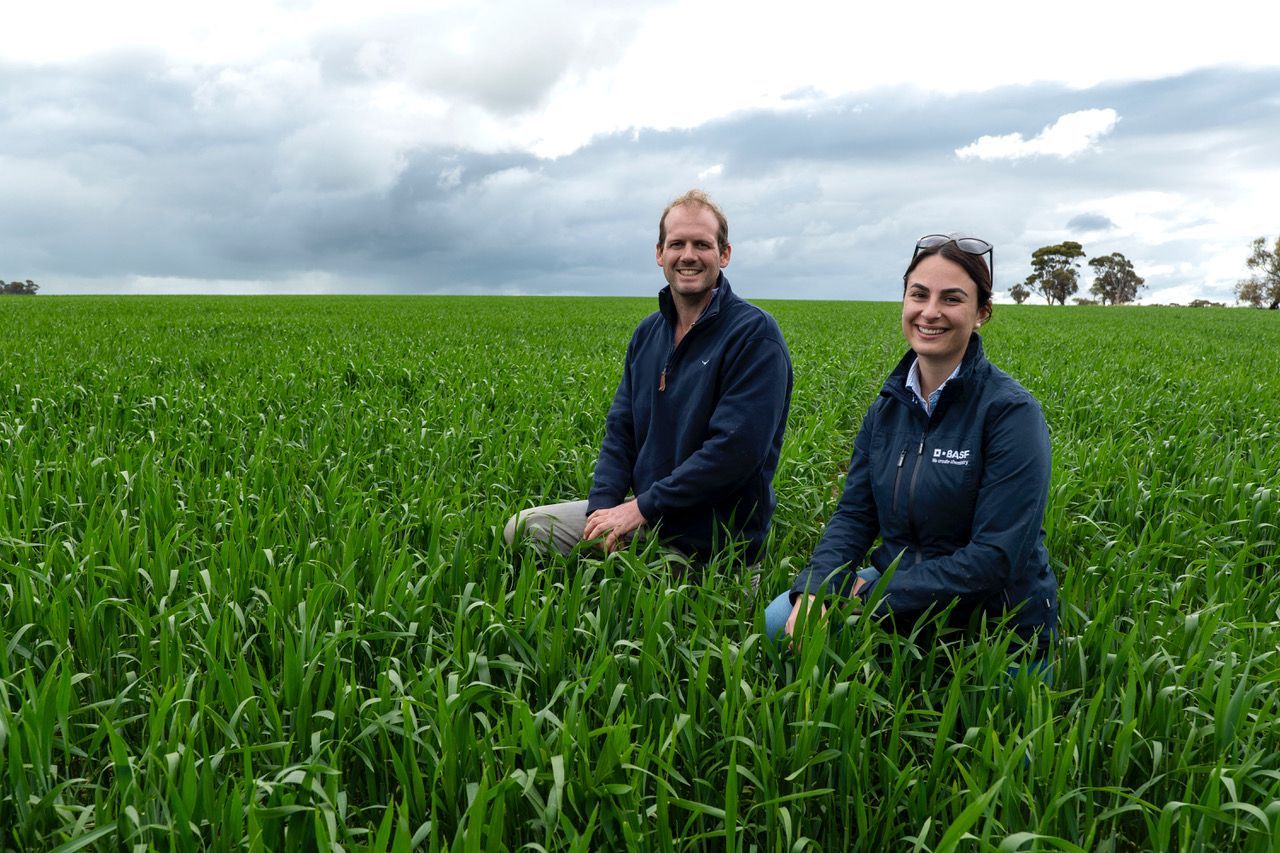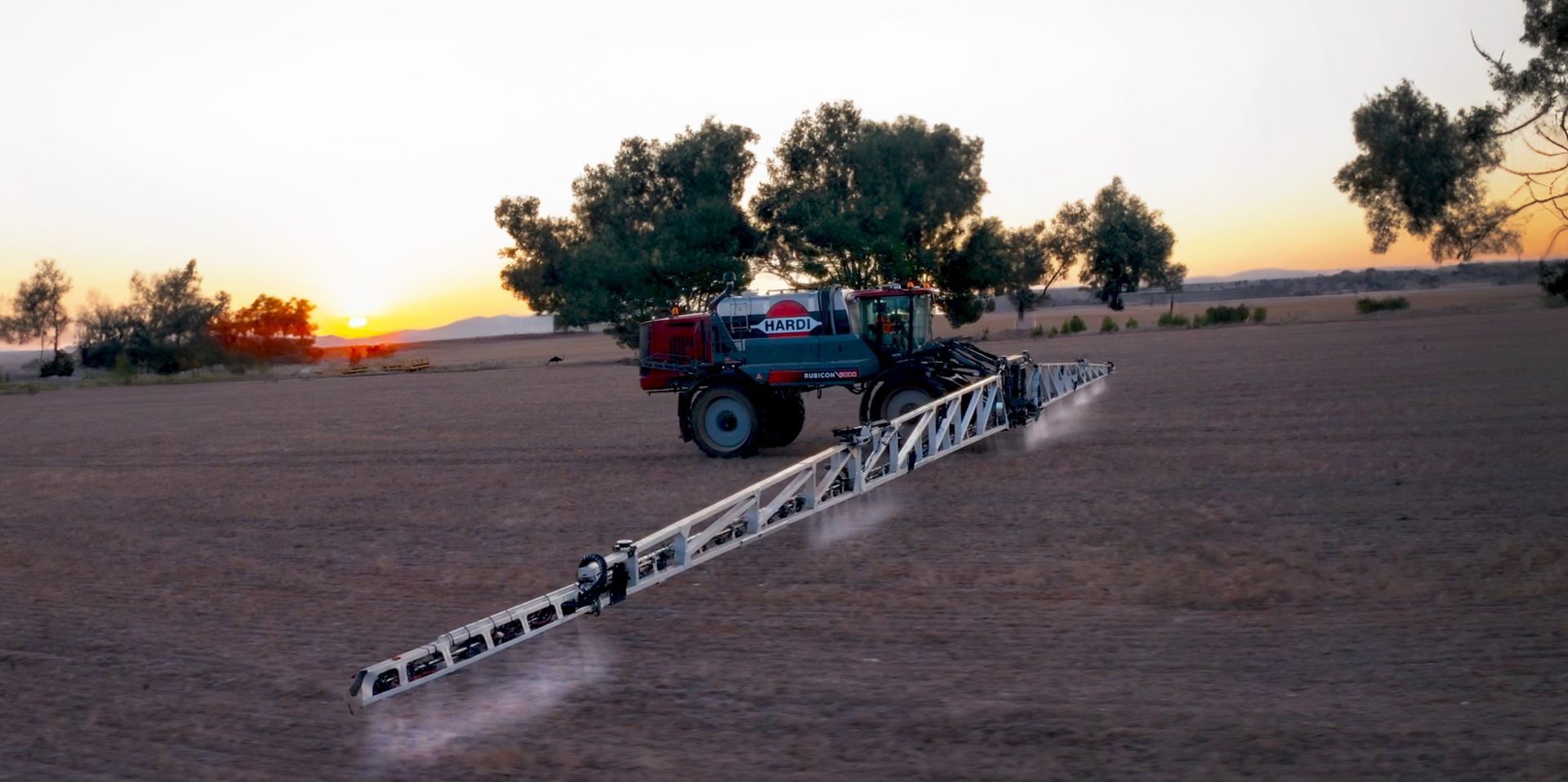The future of irrigation: An interview with Greig Graham
We recently spoke with Greig Graham, Managing Director of Rivulis Irrigation for Southeast Asia and the Pacific, about the state of the irrigation industry in Australia, the impact of drought and what the future of irrigation looks like with the integration of digital technology.
While some may assume that Australia’s far-flung location – an incredible distance from the technological hubs of Europe, the Middle East and North America – means we lag behind our competitors in foreign markets when it comes to innovation in irrigation, that is simply not the case.
Our unique and unforgiving climatic conditions mean that Australian farmers and irrigators have had to be agile and innovative in order to squeeze efficiency and productivity out of every last drop of precious water. Coming from a company that has offices around the world and its headquarters in the noted agricultural innovation hub of Israel, Greig Graham has a truly global perspective on this.
“I’ve worked in and managed factories and business units across a number of different countries and Australia is considered one of the most agriculturally advanced in application of drip irrigation or irrigation in general,” says Greig. “From an Australian farmer’s perspective, we can share a lot of what we have done in terms of irrigation.”
And in a country that is experiencing one of its worst droughts in the last fifty years, conditions force us to assess our water use and innovate even further – especially in times of stress.
“The drought should drive us to look at heavy users of water such as flood-irrigated crops and figure out how the technology needs to evolve to address current and ongoing water management issues,” says Greig. “That’s where technology around drip irrigation can come in – to look at these intensive water use crops and use affordable and adaptable technology to ensure we use water more efficiently.”
With recent advances in digital technology starting to find applications in Australian agriculture, buzzwords like the ‘Internet of Things (IoT)’ and ‘big data’ are on everyone’s lips. However, Greig is cautious of over-promising and advises farmers to ensure the solution matches their needs before they rush to embrace the latest ‘sexy’ pieces of agtech.
“The digital agtech space has moved pretty quickly in the last five years and will continue to do so, however it’s still very niche and crop specific, and is dependent on a business model that can support a high-end solution,” says Greig. “These solutions become more affordable over time, but they are still constrained by the fact only certain agribusinesses can invest the money on integrated systems and see a worthwhile return.”
“The challenge for big data is to go from big data to usable data. The grower is looking for simple tools he can have faith in that tell him what his crops need. Companies are investing to make sure the devices are accurate enough to deliver on this faith, because the risk is the farmer discards the technology and goes back to digging holes in the ground to check moisture levels.”
Rivulis is cognisant of this delicate balance and has instead focused on solutions involving out-of-field technology such as satellite imagery, rather than hardware on the ground such as sensors and soil probes.
“This gives the farmer a whole picture of the health of their crop over a large land area rather than specific sensors on individual plants, and we have developed algorithms that utilise ‘big data’ from many inputs to recommend irrigation scheduling and water application,” says Greig. “We see this kind of technology as having a broader application for the farmer who doesn’t have the capacity for large-scale, technology-intensive solutions and just wants something that can be can easily accessed on the phone or computer.”
Many farmers across the country are no doubt currently considering ways to improve their irrigation and water management practices during the drought in order to improve crop outcomes. It is therefore vital – both now and into the future – that solutions providers work closely with these farmers to develop irrigation systems that are not only efficient, but affordable and relevant as well.
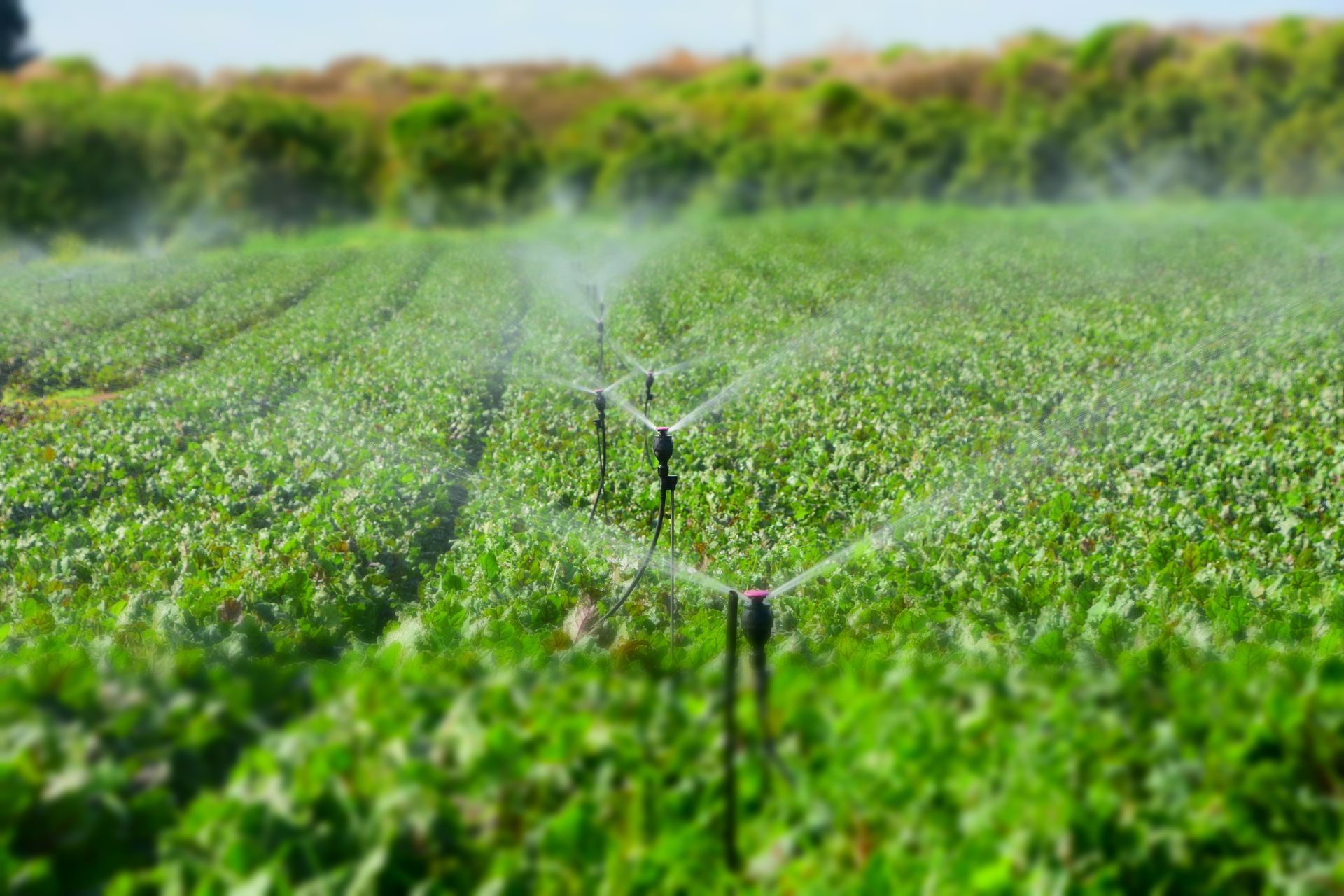
A selection of The Australian Farmer Sponsors - Click on a banner below to find out more...

